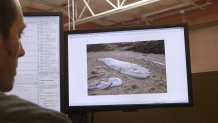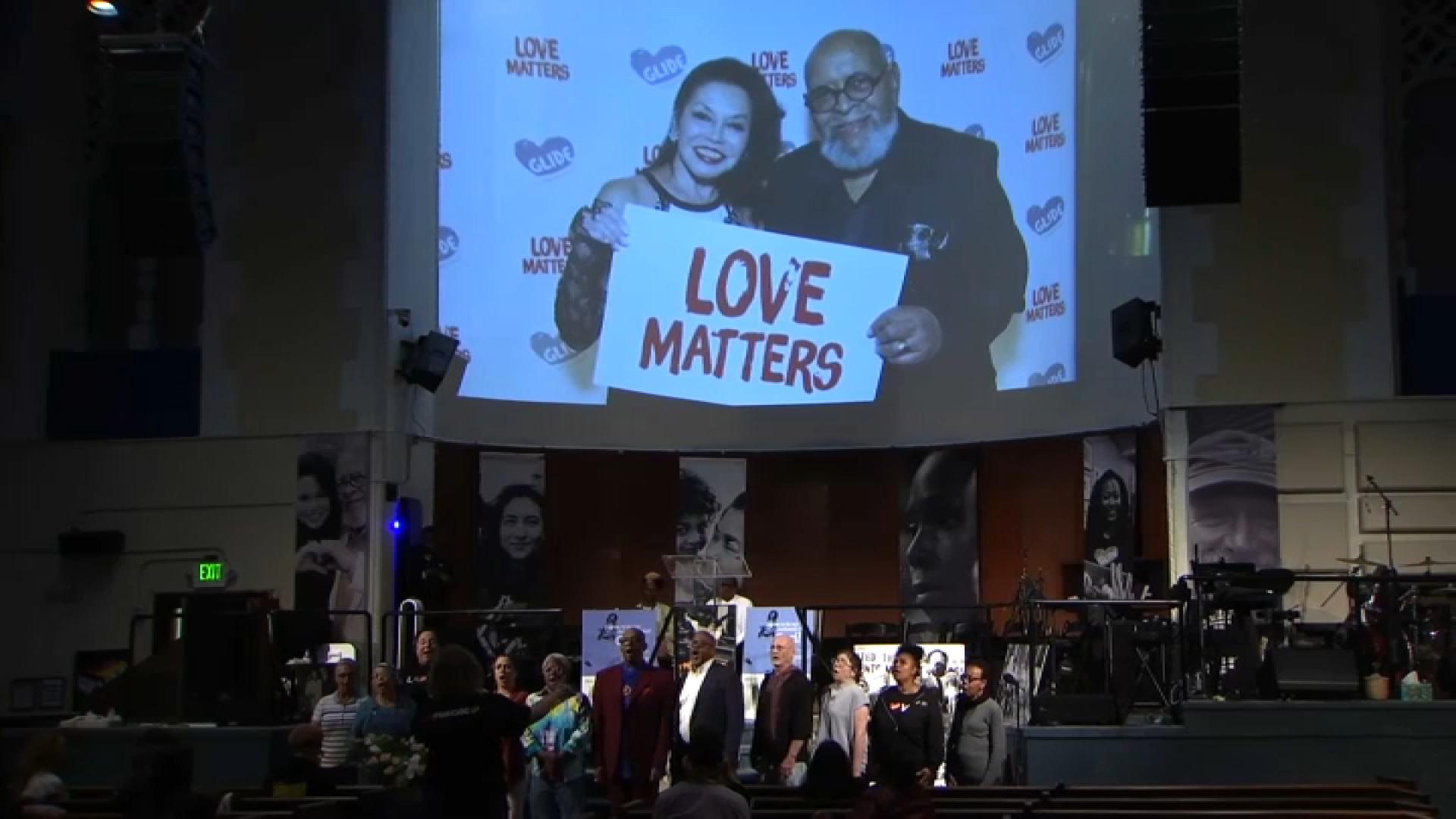A disturbing number of dead whales washing up on Bay Area shores after likely collisions with commercial ships has raised alarms for environmental interests trying to protect them.
Since early May, seven whales have turned up dead, the majority with deep wounds suggesting they were struck by ships, according to officials with the Gulf of Farallones National Marine Sanctuary.
"We are extremely concerned about the high number of ship strike whale mortalities we've seen in such a short time," said Mary Jane Schramm, spokesperson for the sanctuary. "Considering that we find very few of all the whales that die this way, it suggests that far more are dying offshore that we will never find."
An endangered blue whale was among the casualties which have also included gray and fin whales washing up at points from Bolinas to Angel Island.
"It seems like this year’s been a bad one so far," said Cotton Rockwood, an ecologist who studies whales with Petaluma-based Point Blue Conservation Science.

Rockwood, who has researched whale collisions with ships, created a forecast that bares a grim likelihood for further whale deaths. Rockwood said the model estimates 18 blue whales, 22 humpbacks, and 43 fin whales will die in the region each year.
Local
"It’s always just heartbreaking to see the whales come ashore dead," Rockwood said.
The strategy for protecting whales has included the efforts of a coalition that includes Point Blue, the Gulf of Farallones and Cordell Bank Marine Sanctuaries. The working group has largely focused on encouraging commercial ships to reduce their speed in shipping lanes known to transect across whale migratory paths. But the speed limits, which urge ships to slow to speeds of ten knots or slower, are strictly voluntary.
In 2013, the groups worked alongside NOAA and the commercial shipping industry to relocate lanes further offshore and away from where whales are known to tread.
"The shipping lanes were moved to a location where it was better, but there’s still significant overlap," Rockwood said.
Schramm said recent surveys show 45 percent of shipping companies are complying with the speed limits. The sanctuary is offering awards and will soon offer cash incentives for companies to reduce their speeds.
"We don’t want to get into regulating shipping," Schramm said. "That is not the business of the marine sanctuary. So what we’d prefer to do is help foster an ethic among the shipping industry that they want to be responsible users of our oceans, including when necessary, slowing down for whales."

Rockwood said regulatory speed reductions on the East Coast have lead to an 80 percent drop in deaths of right whales. But he isn’t convinced enough shipping companies on the West Coast have signed on to the voluntary speed reductions.
"They’ve been getting better cooperation through the years, but unfortunately it’s not anywhere near where we’d like to see," Rockwood said.
The groups have also focused on the other significant issue contributing to whale deaths: entanglements in fishing gear. Scientist Jaime Jahncke, Point Blue’s California director, said the average number of whale entanglements was around five per year until 2013, but then jumped to a record 53 incidents in 2016.
Jahncke said the group is now exploring technology as a potential solution. Point Blue is partnering with the group Blue Ocean Gear to develope tracking devices that can be installed on fishing gear like crab pots.
"In the case of an accident of where a whale gets entangled on the gear, they will be able to receive an alert that will tell them that their buoy is moving at a speed that is just not normal," Jahncke said.
Jahncke said the tracking devices would help direct rescuers to the entangled whales, which is often a challenge.
"With these tracking devices you will be able to know where the animal is, and you will be able to meet all the requirements needed to have an effective rescue operation," Jahncke said.
The number of whale deaths has accelerated the soul-searching among all the parties as the whale migratory season gets underway.
"To know that we can do something about it, we can make changes that can help, that’s where you want to make that change, Rockwood said.



